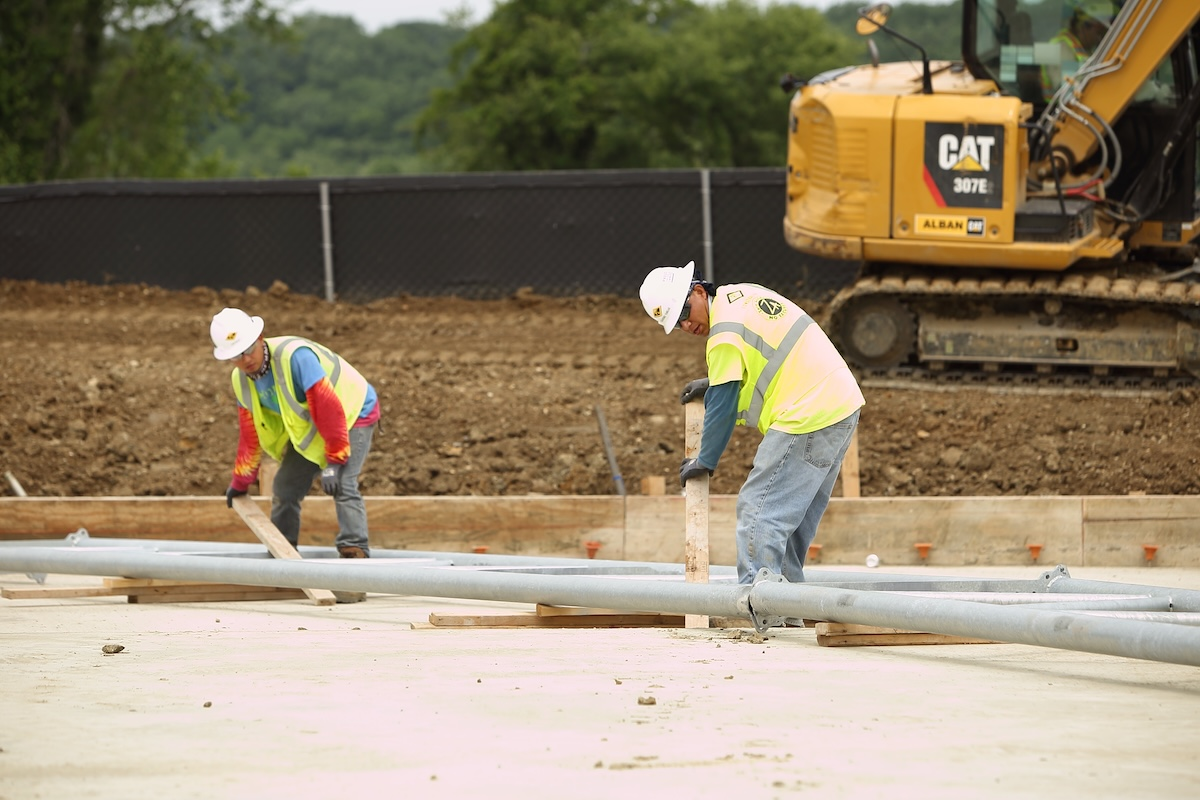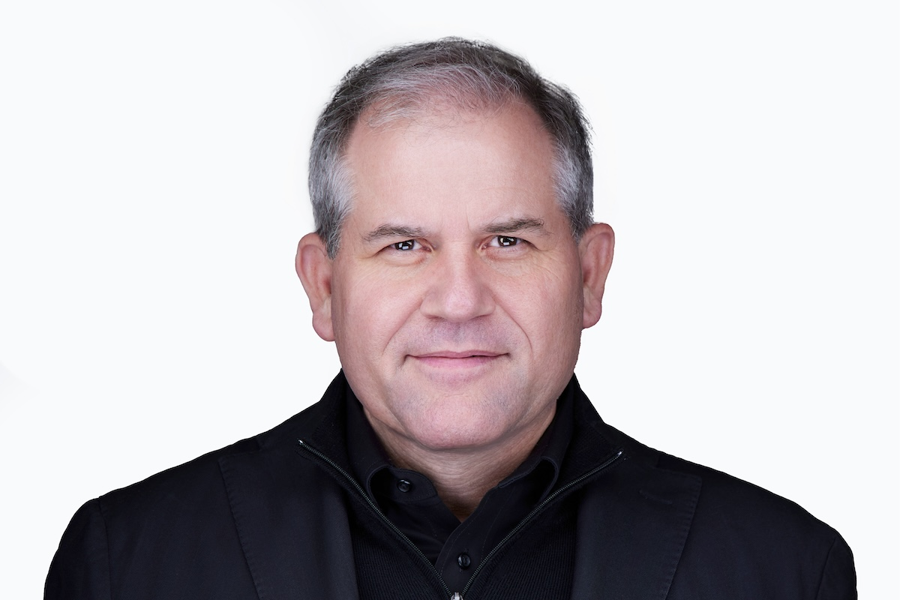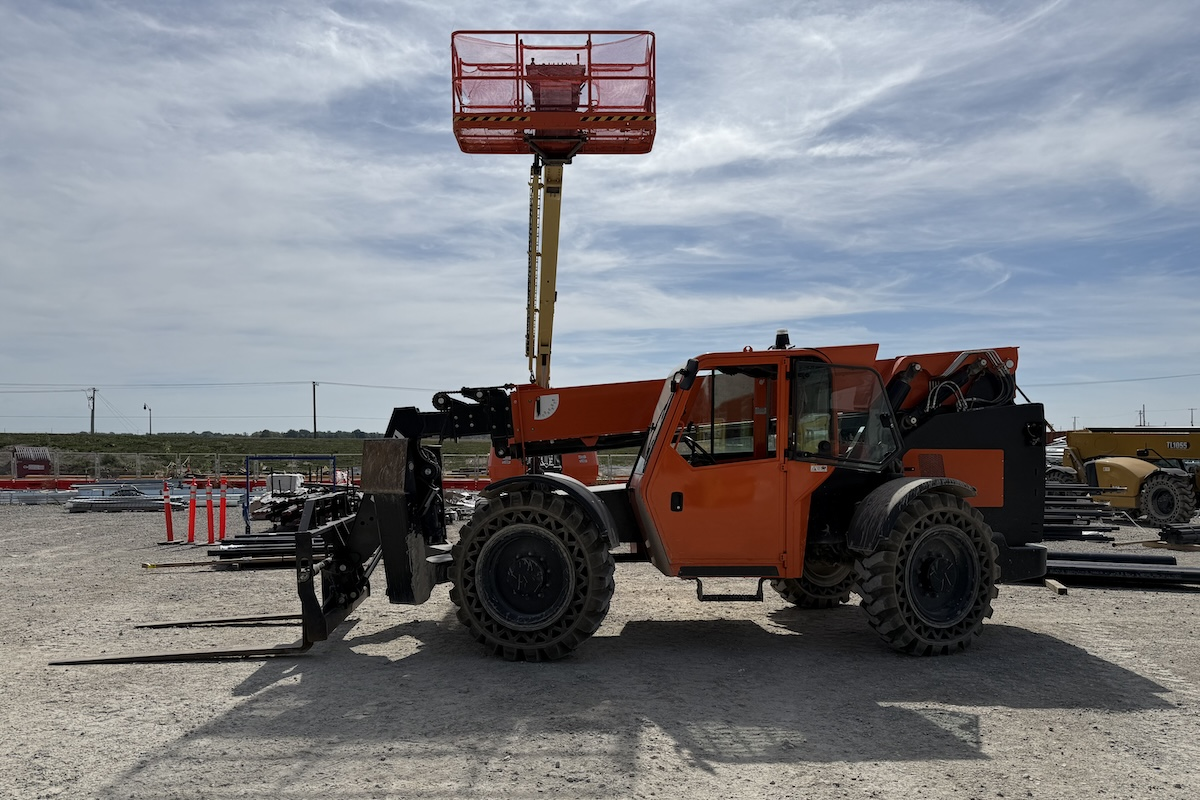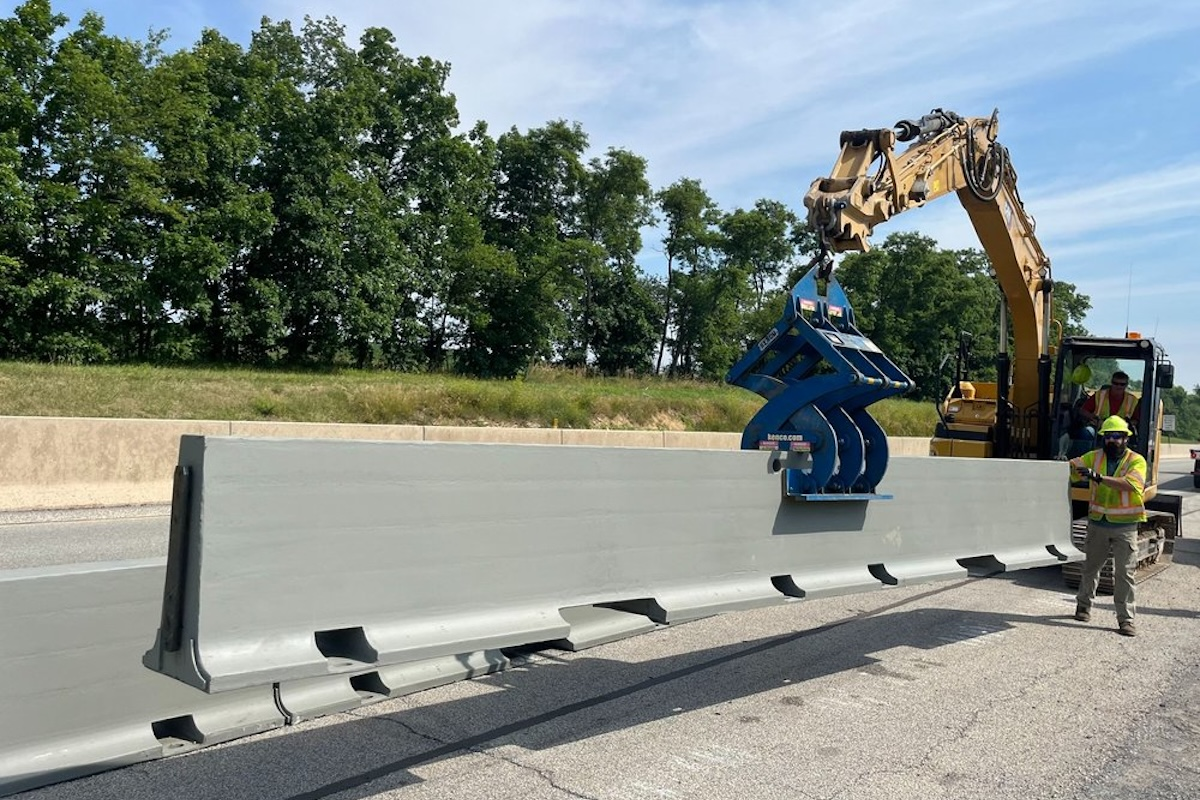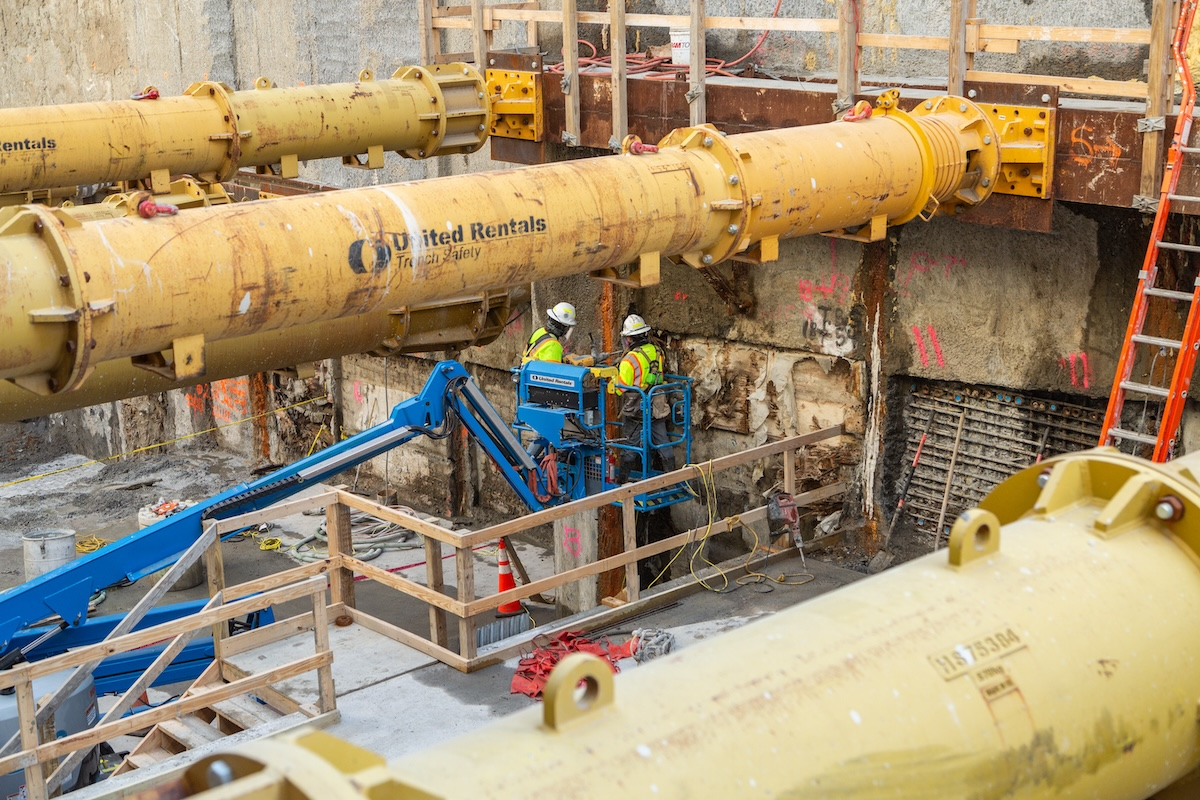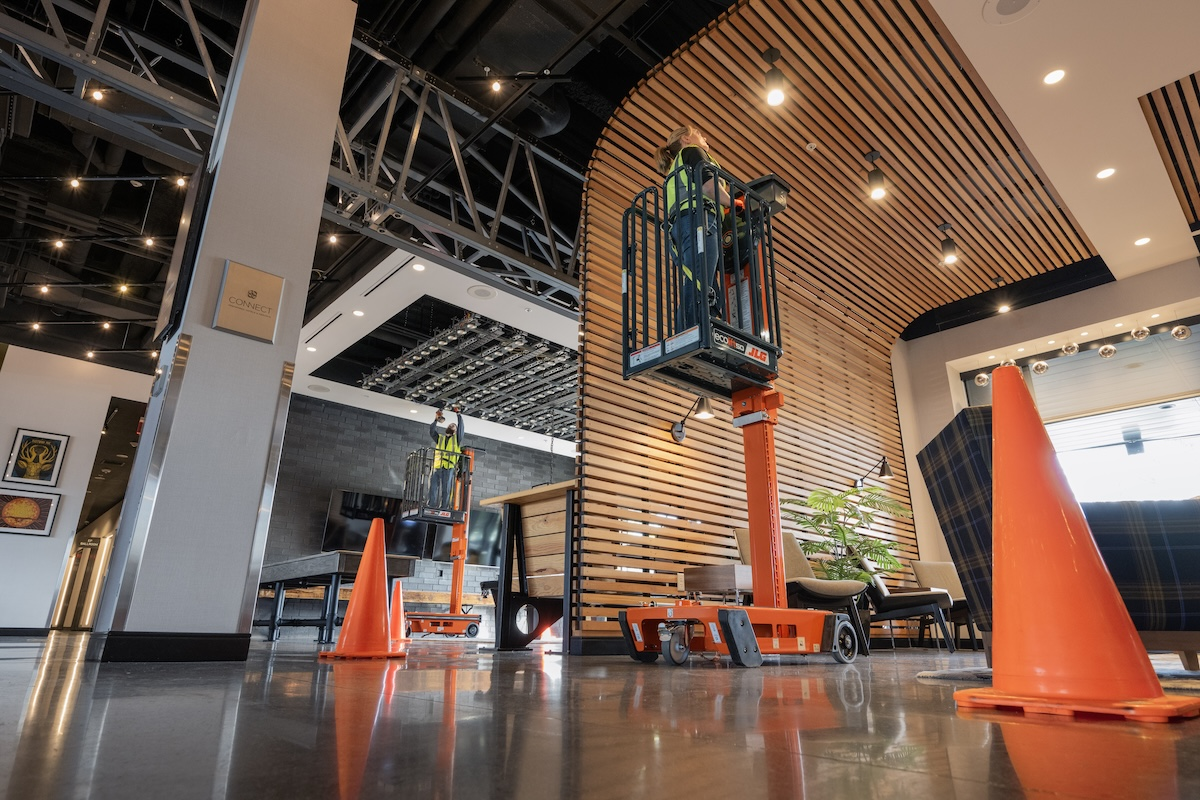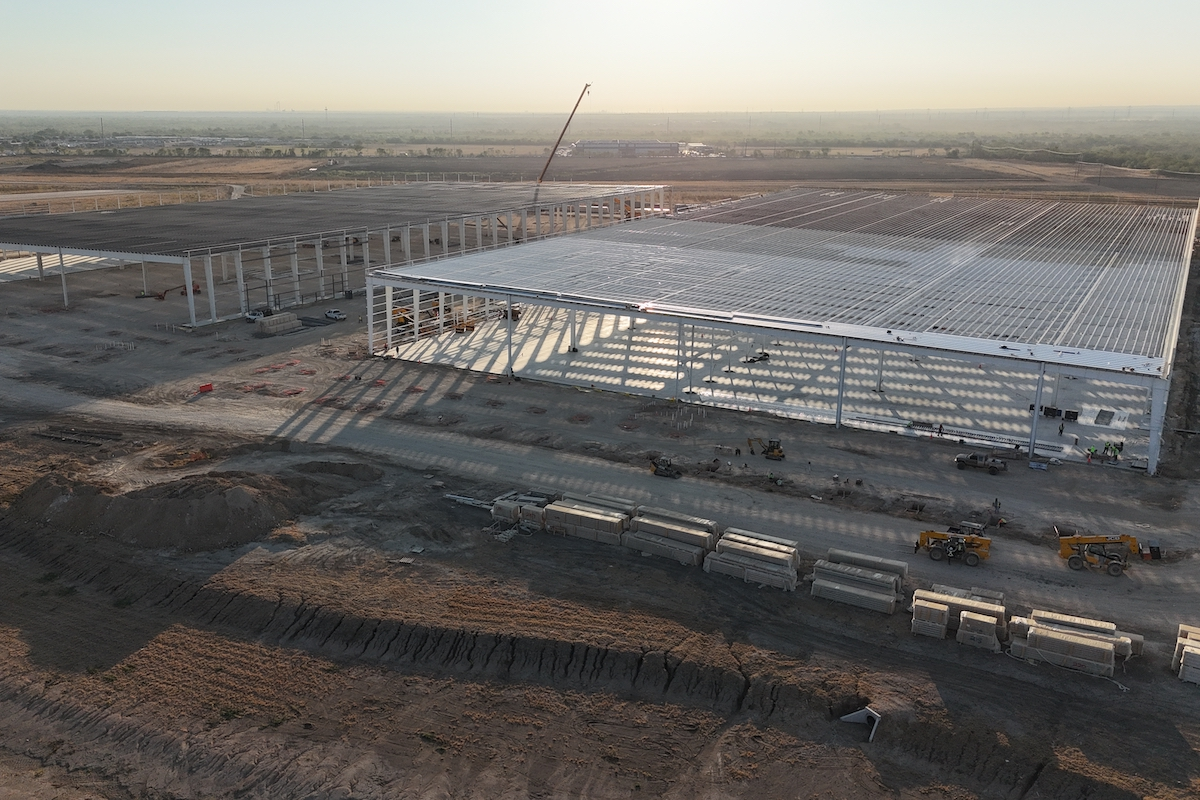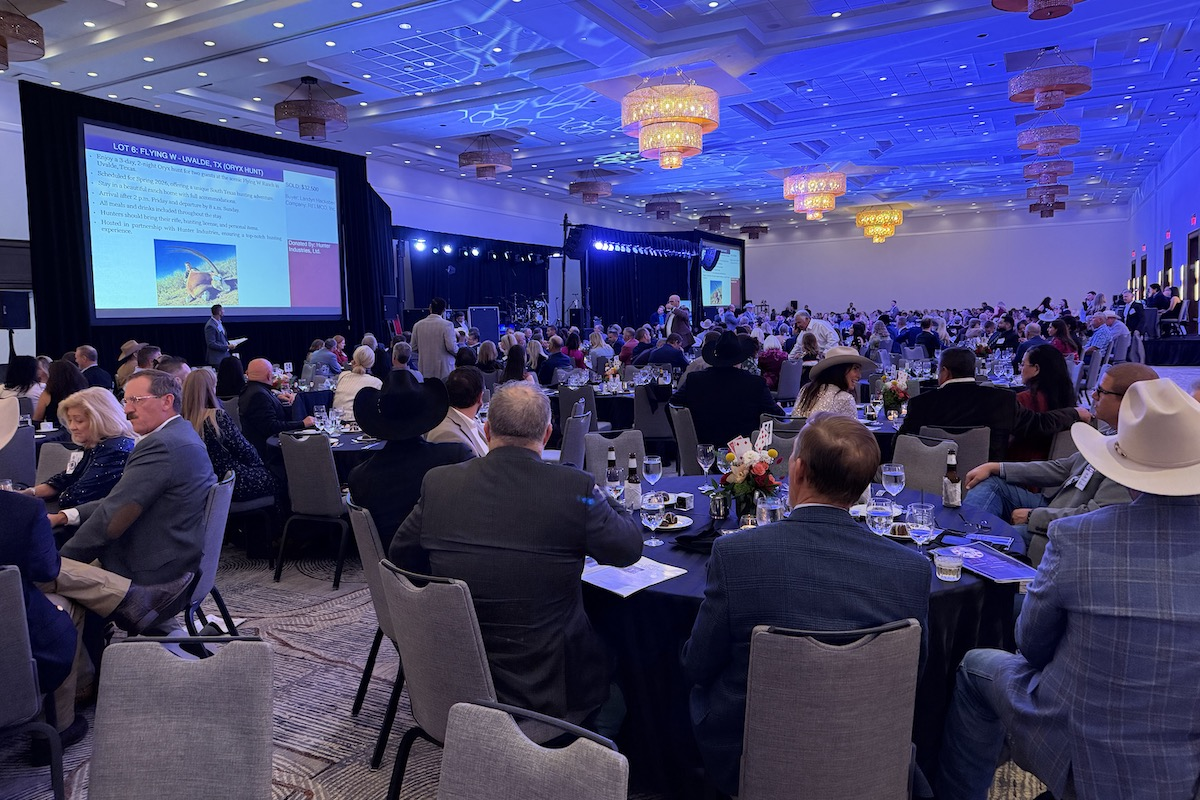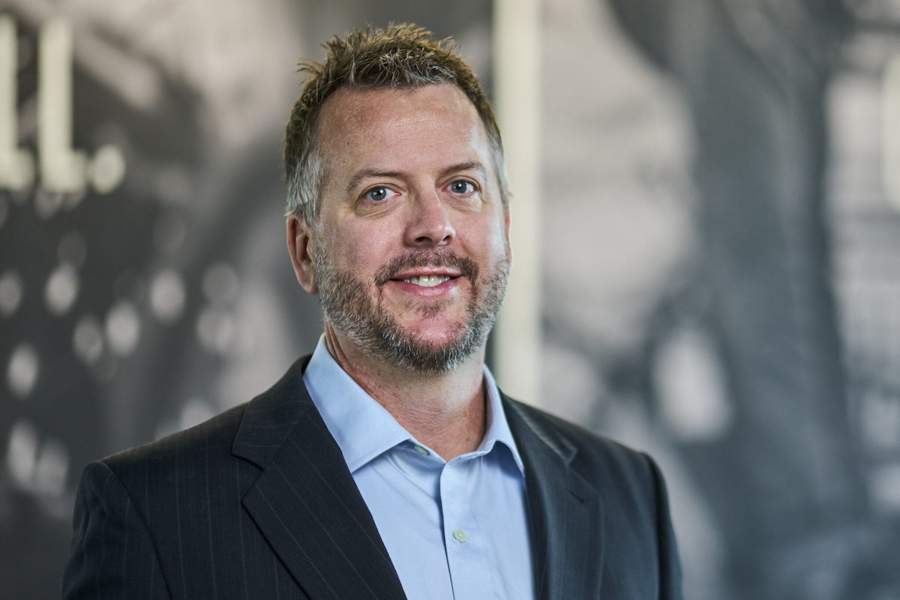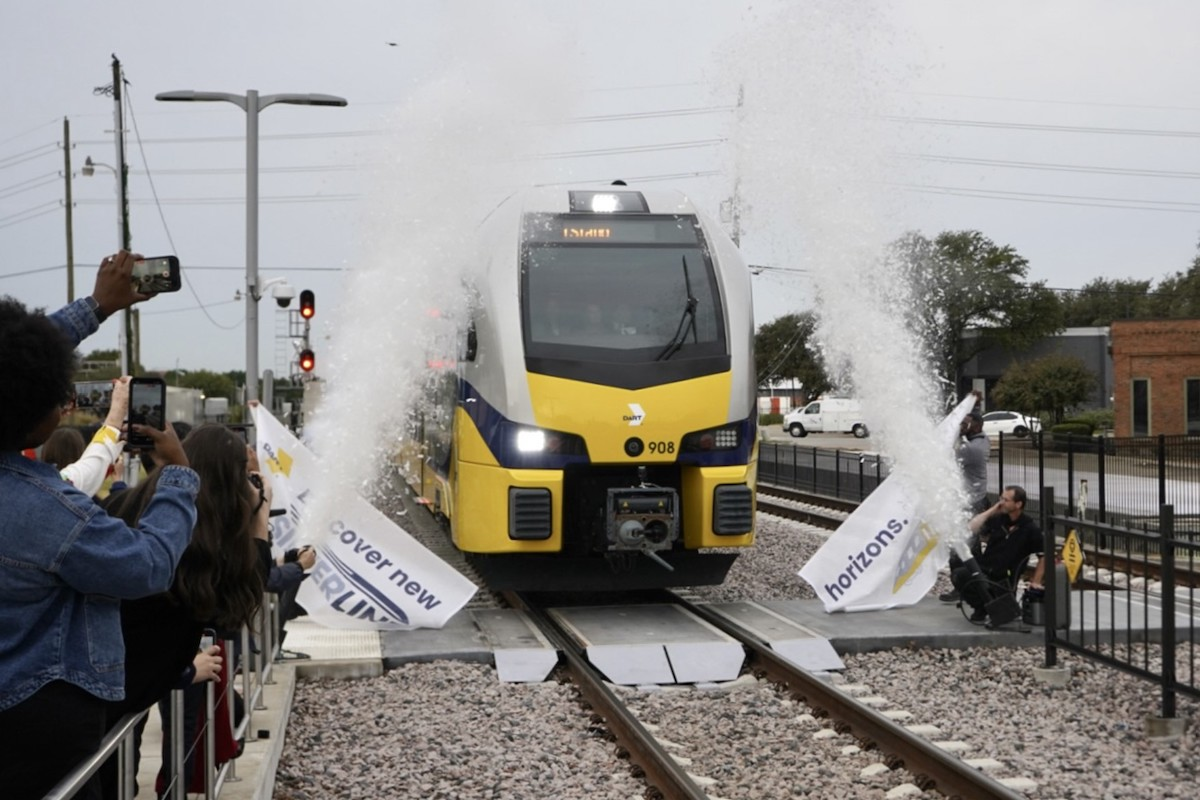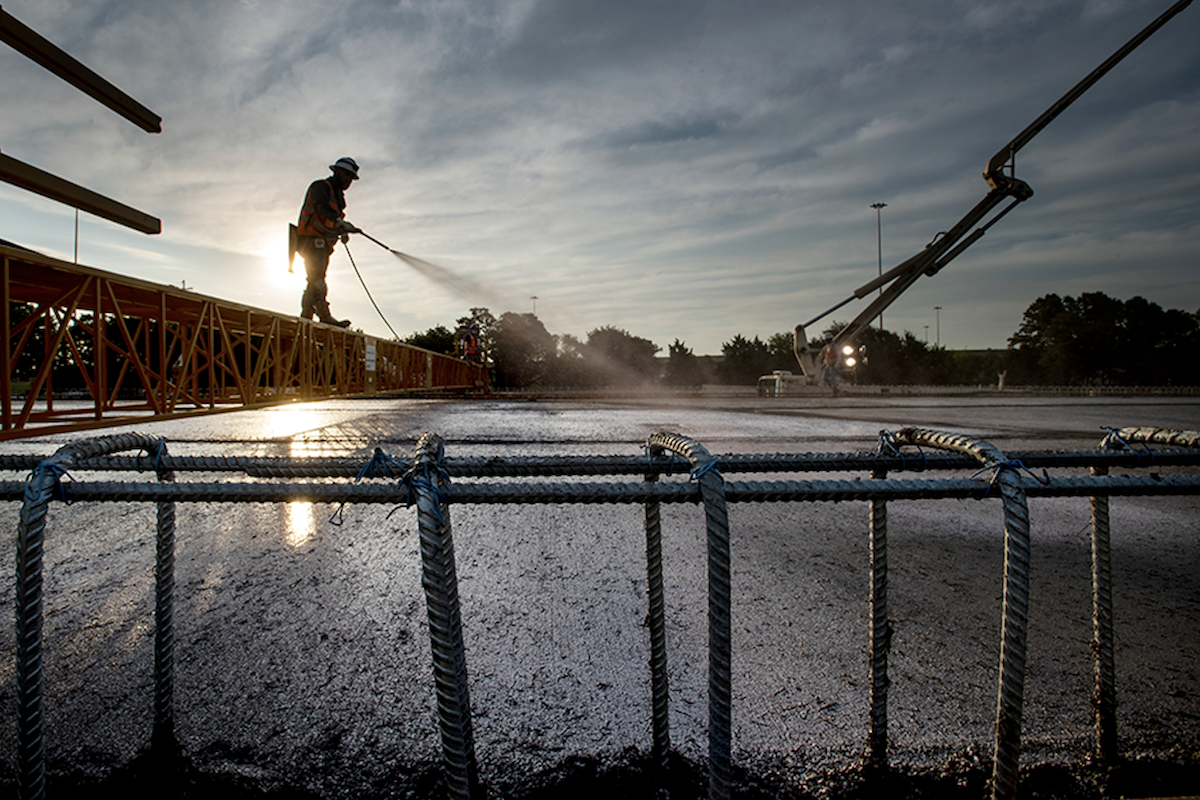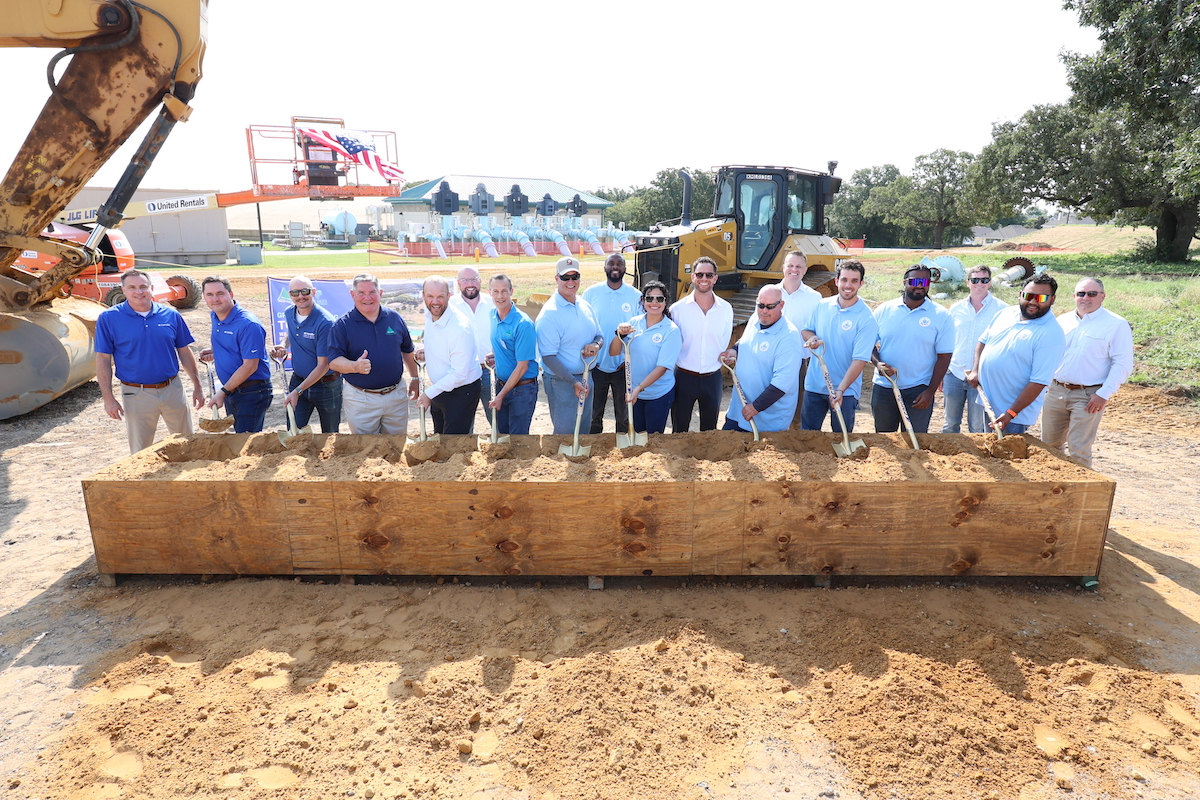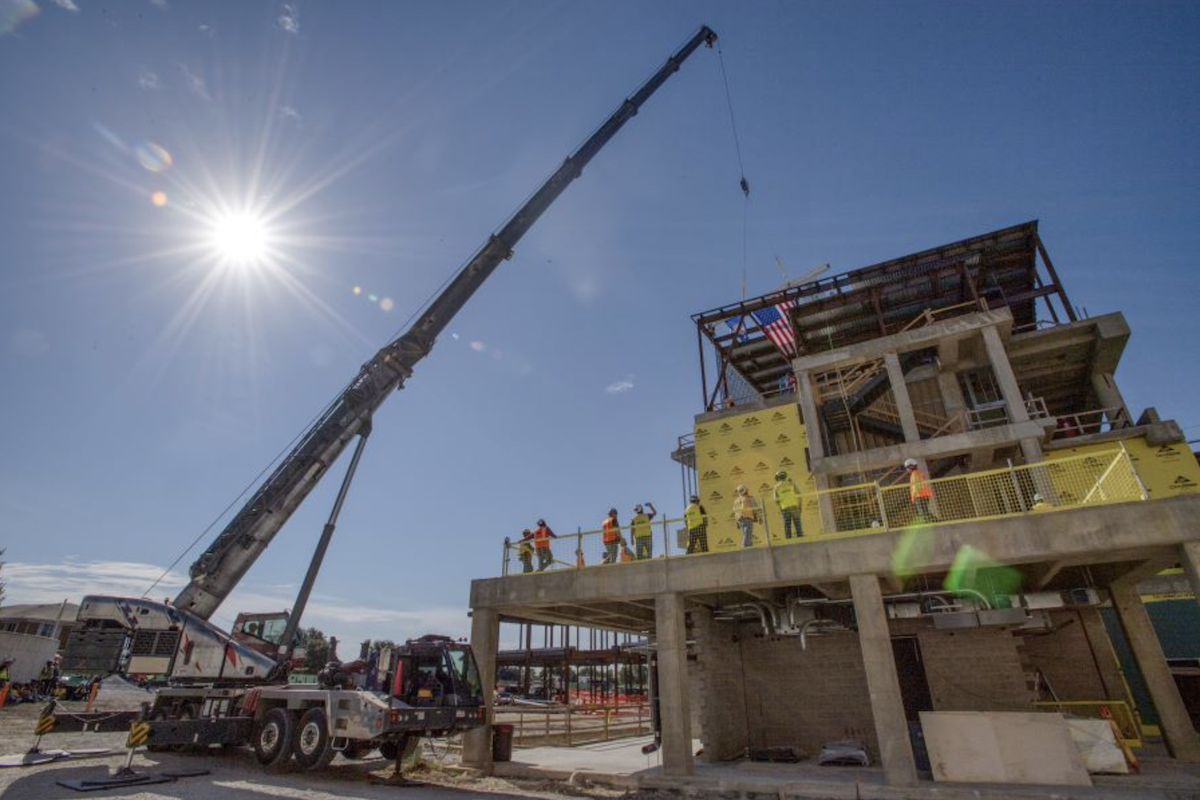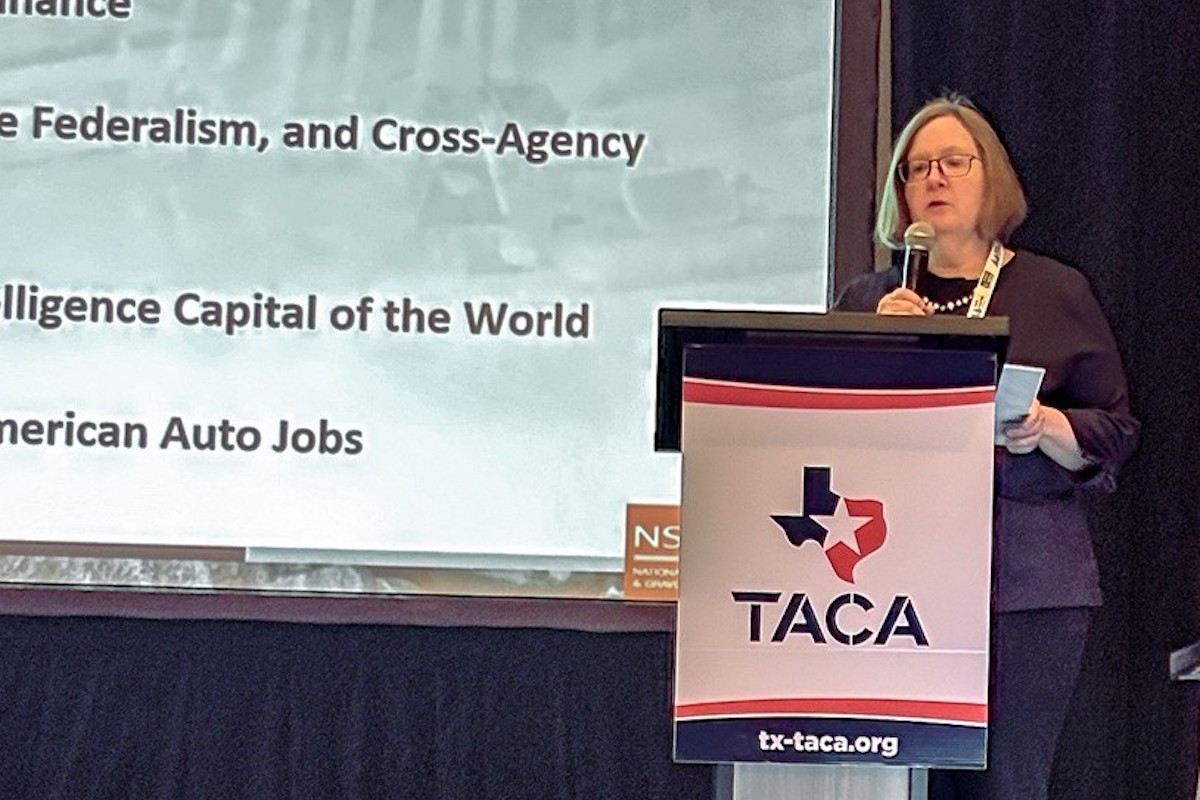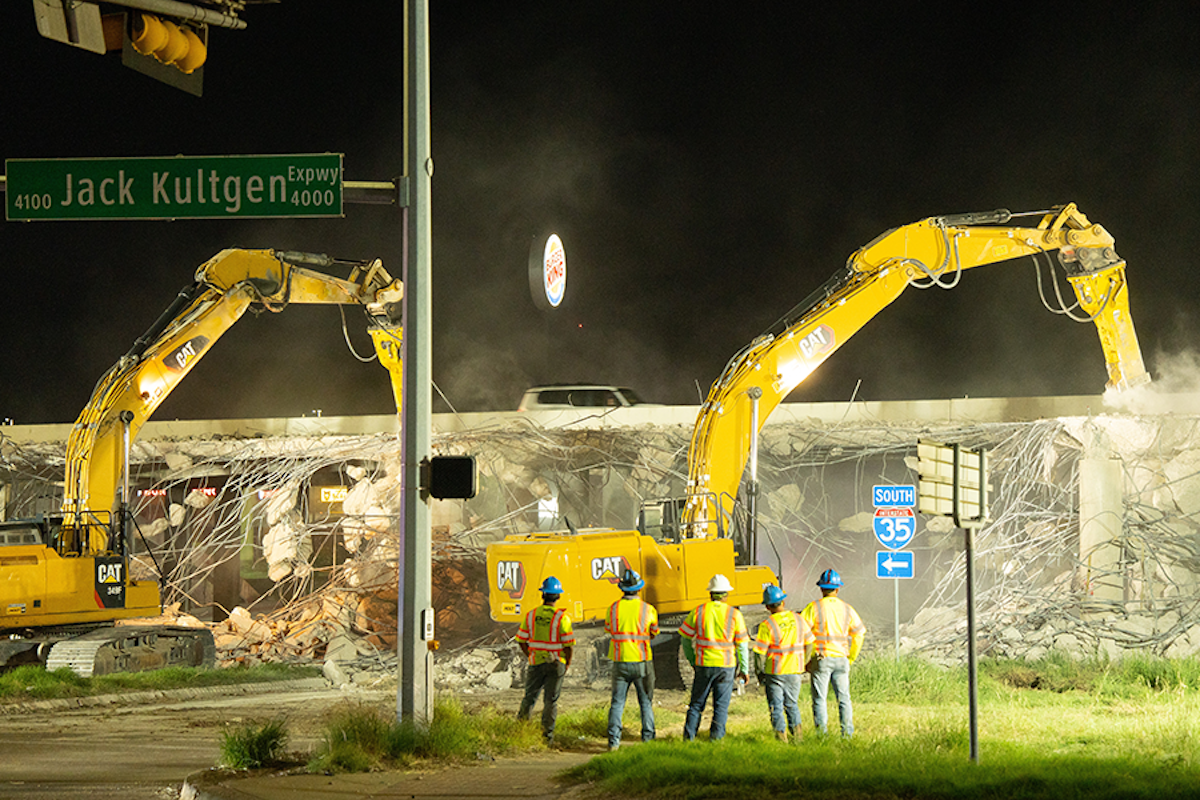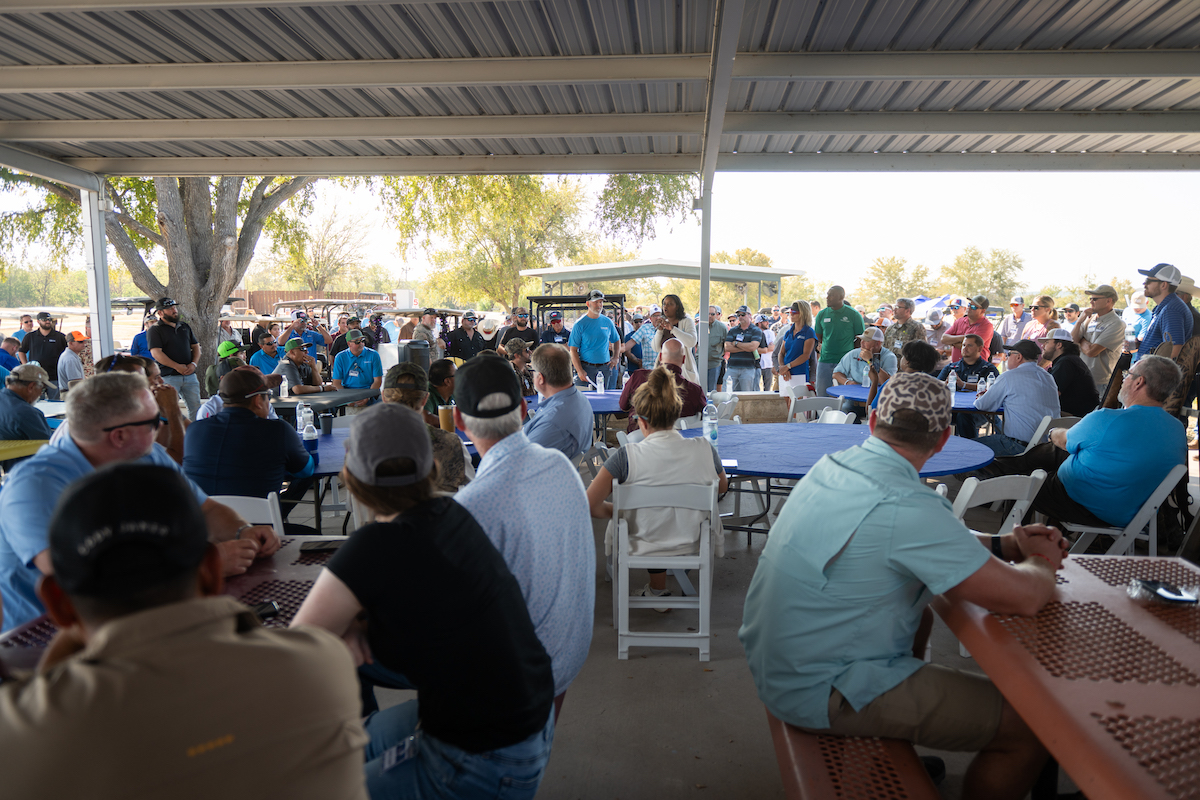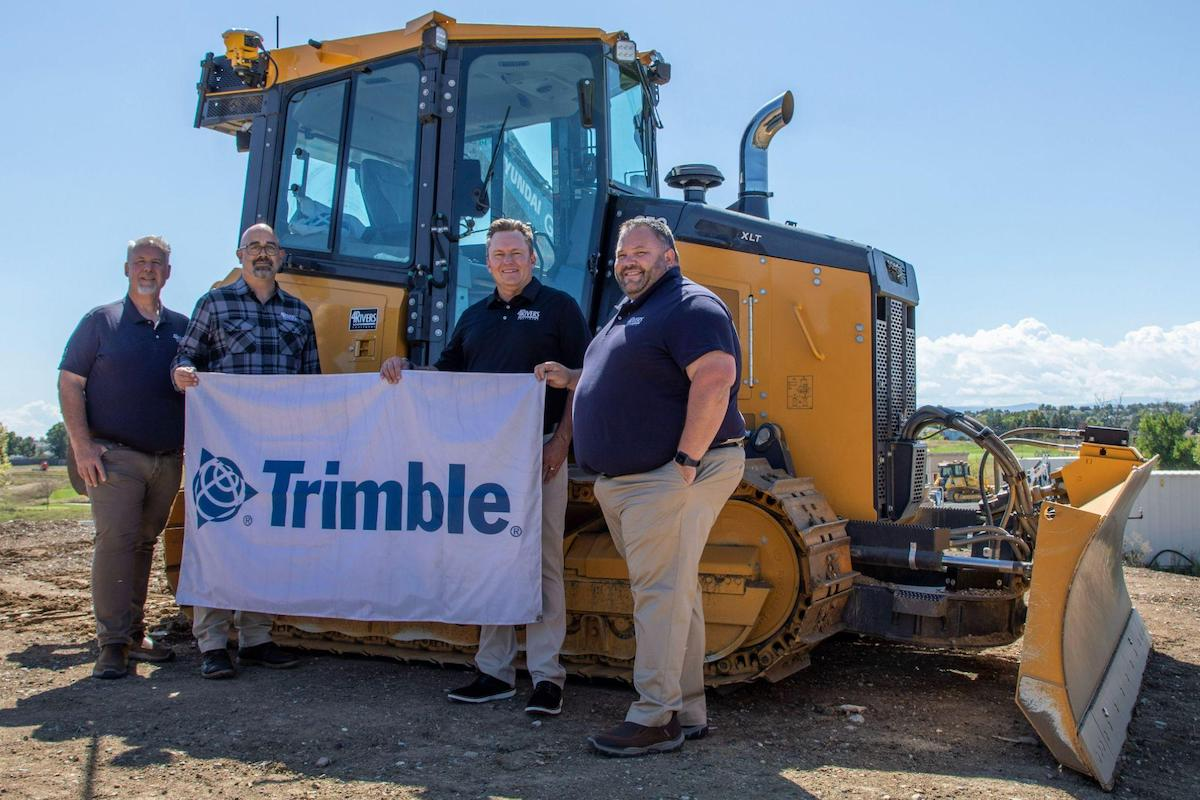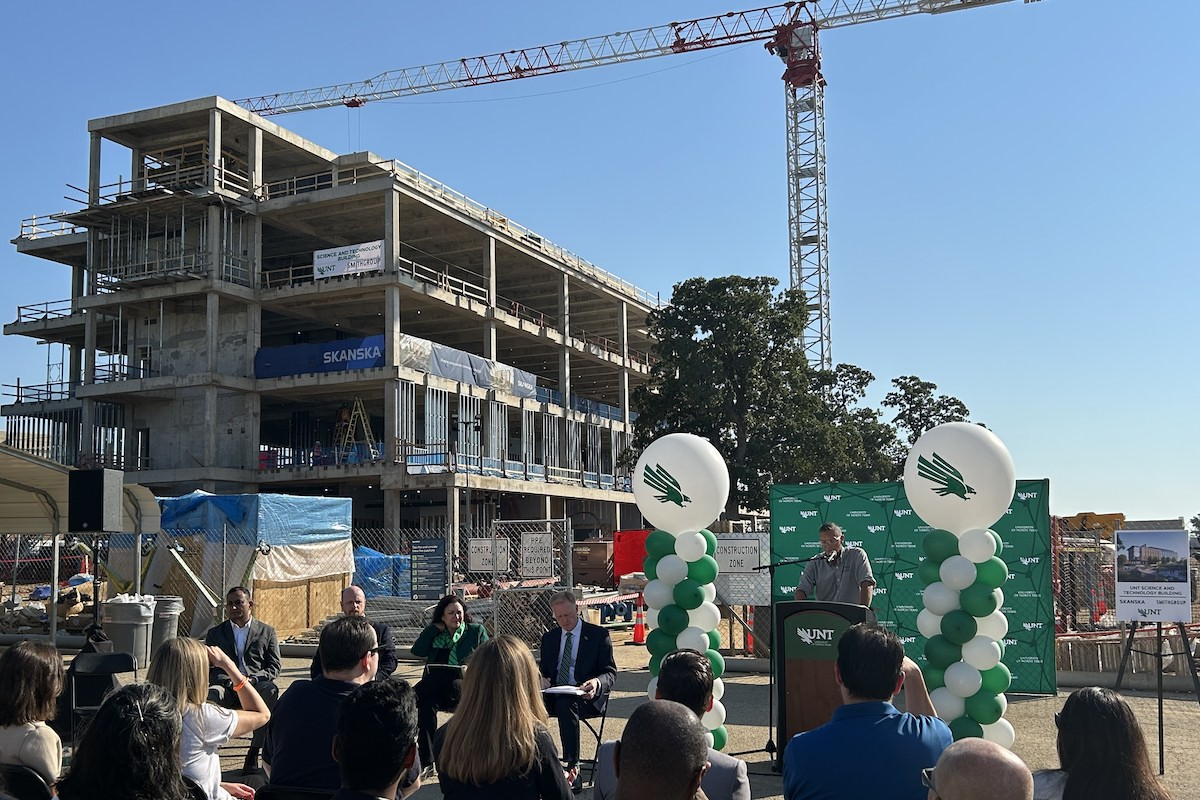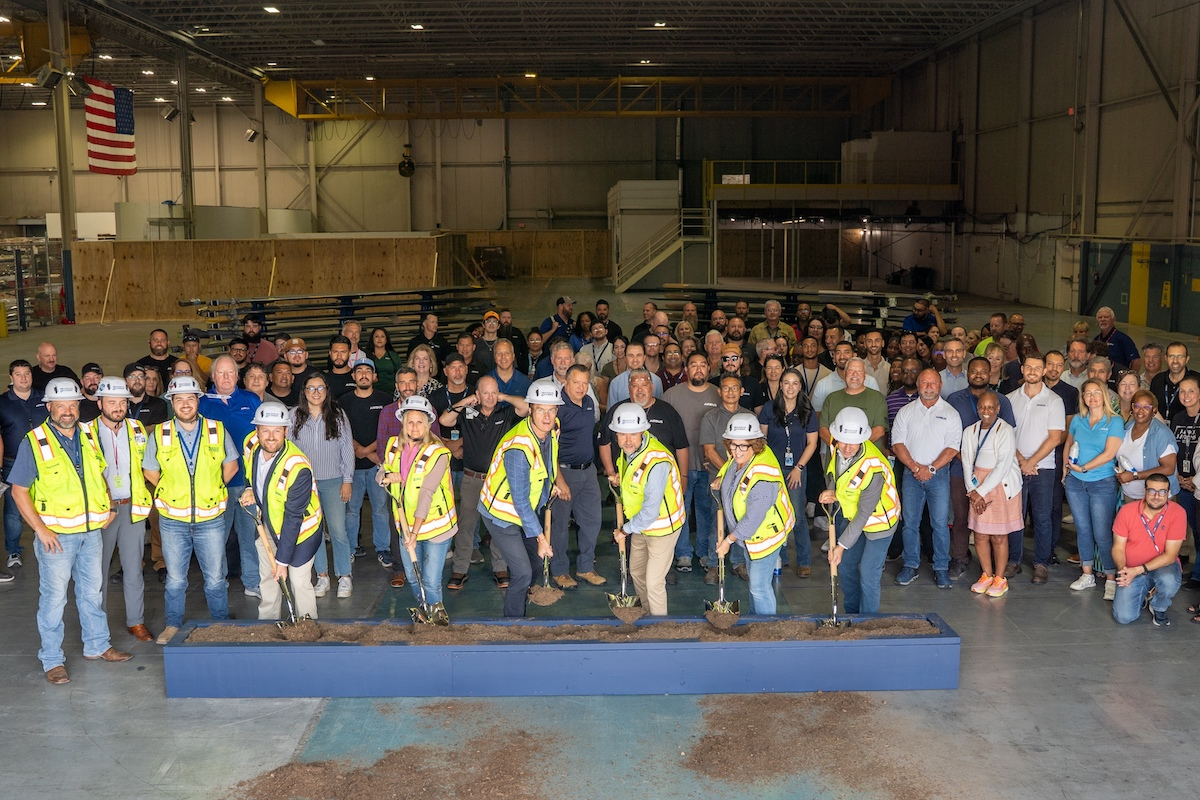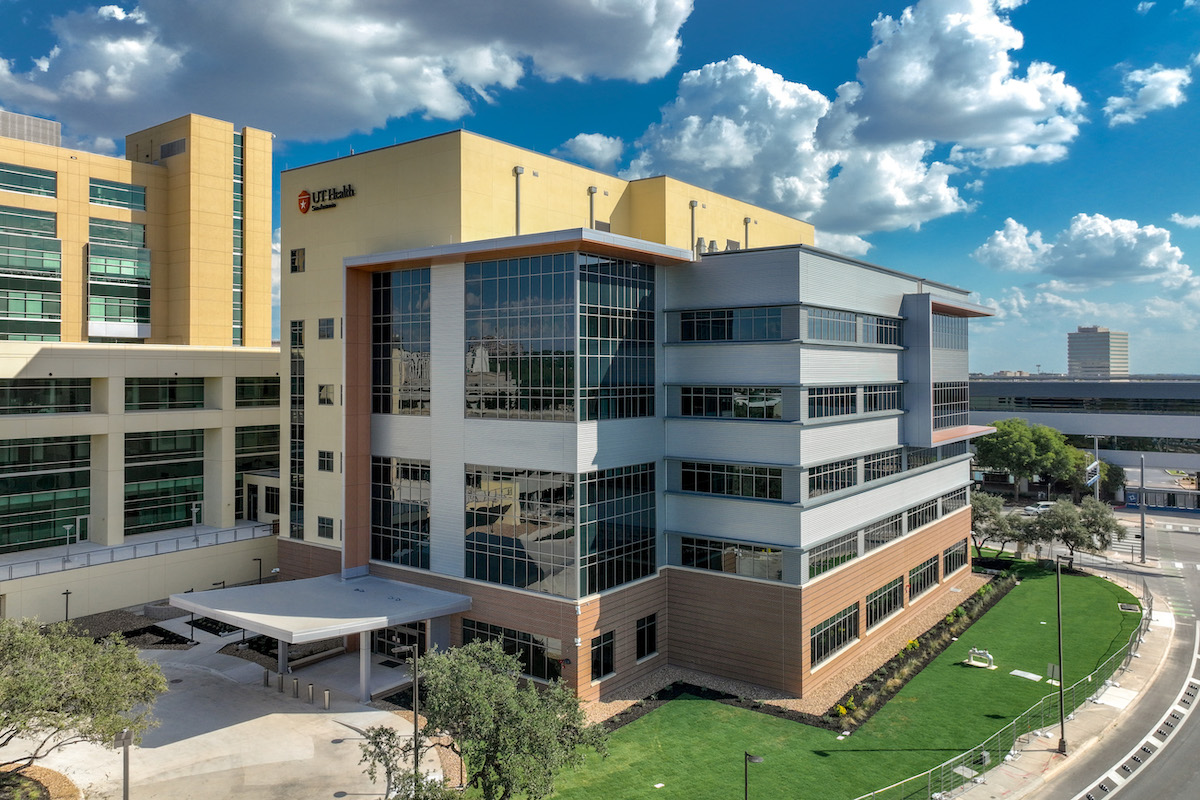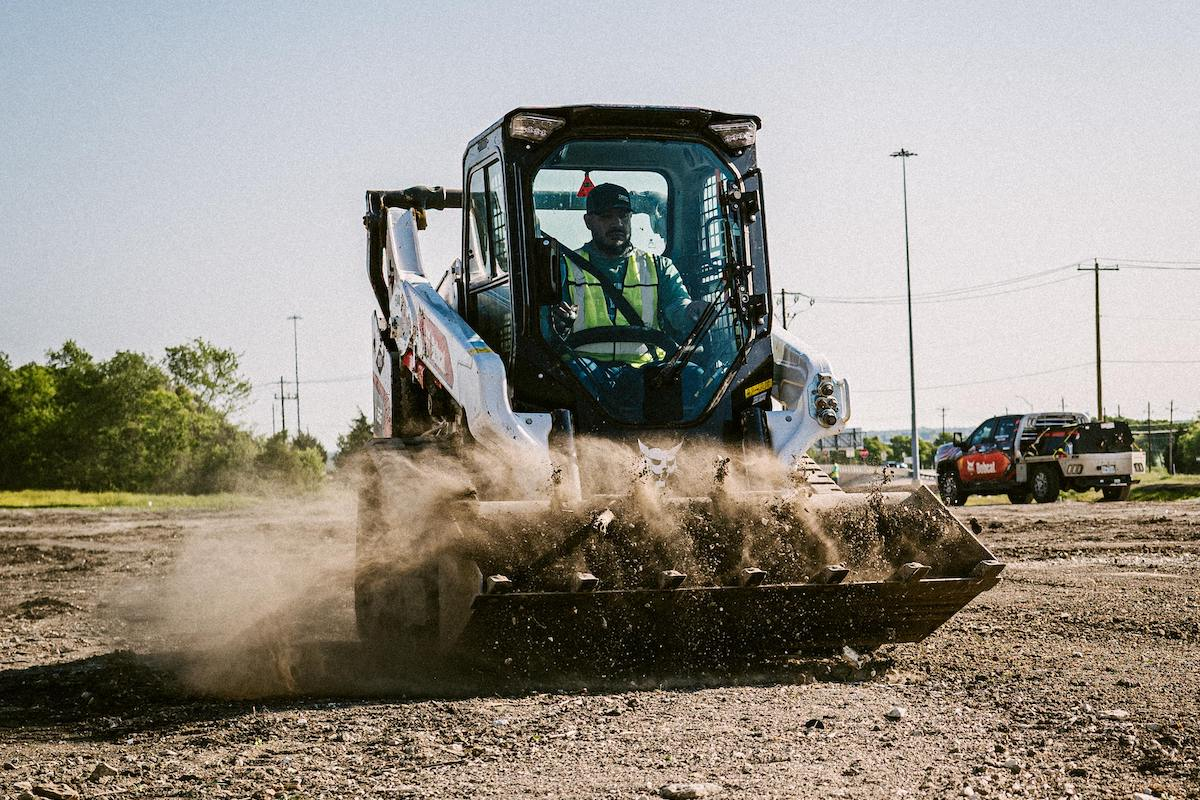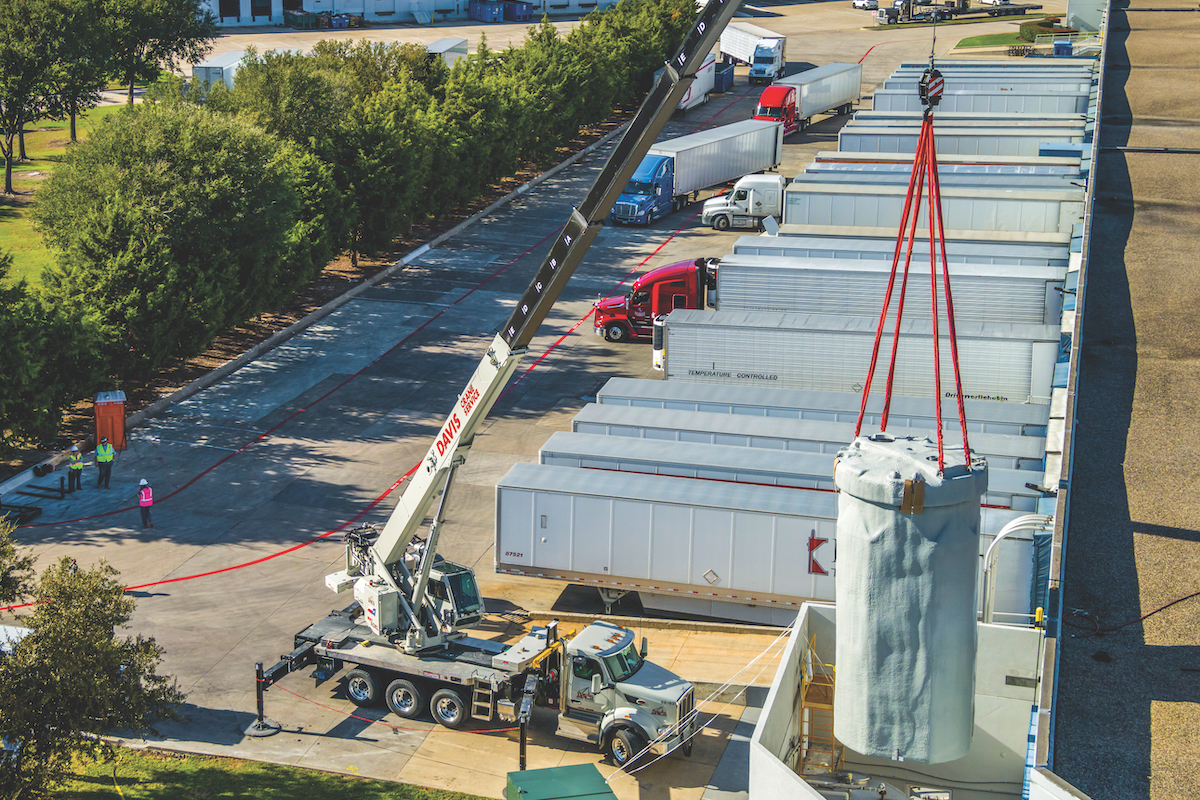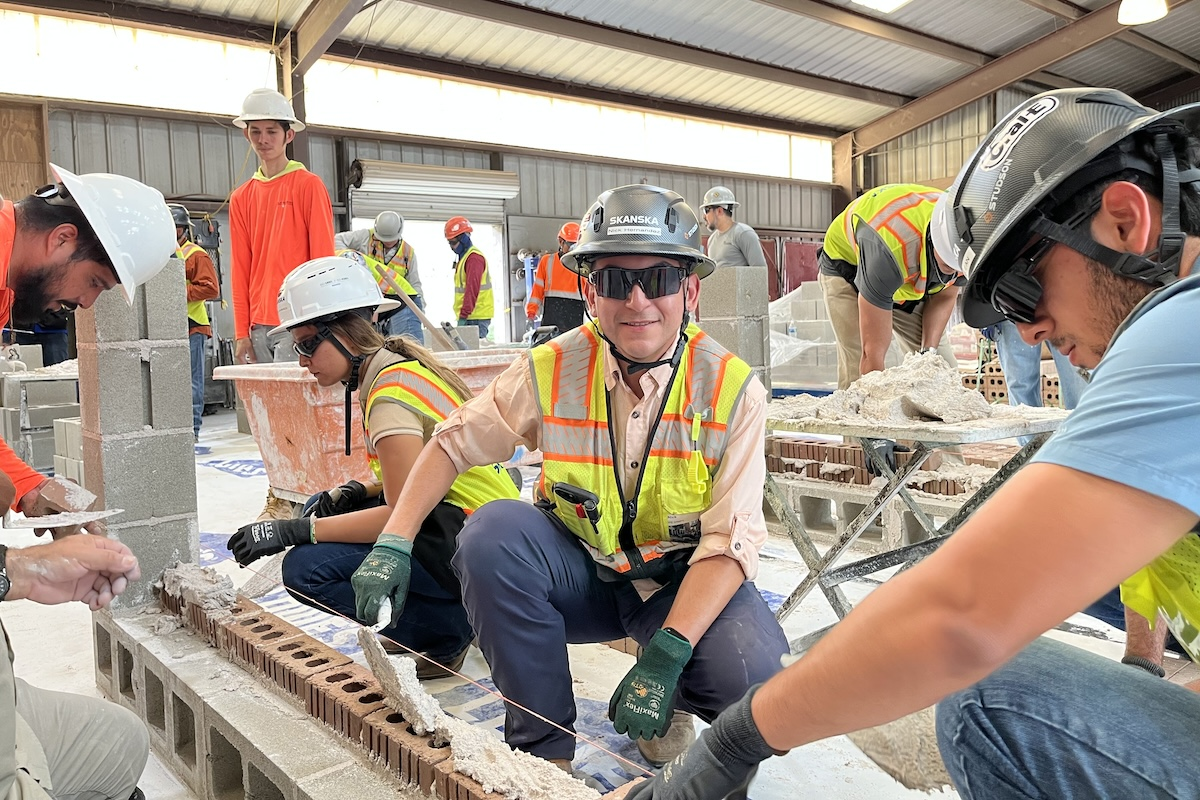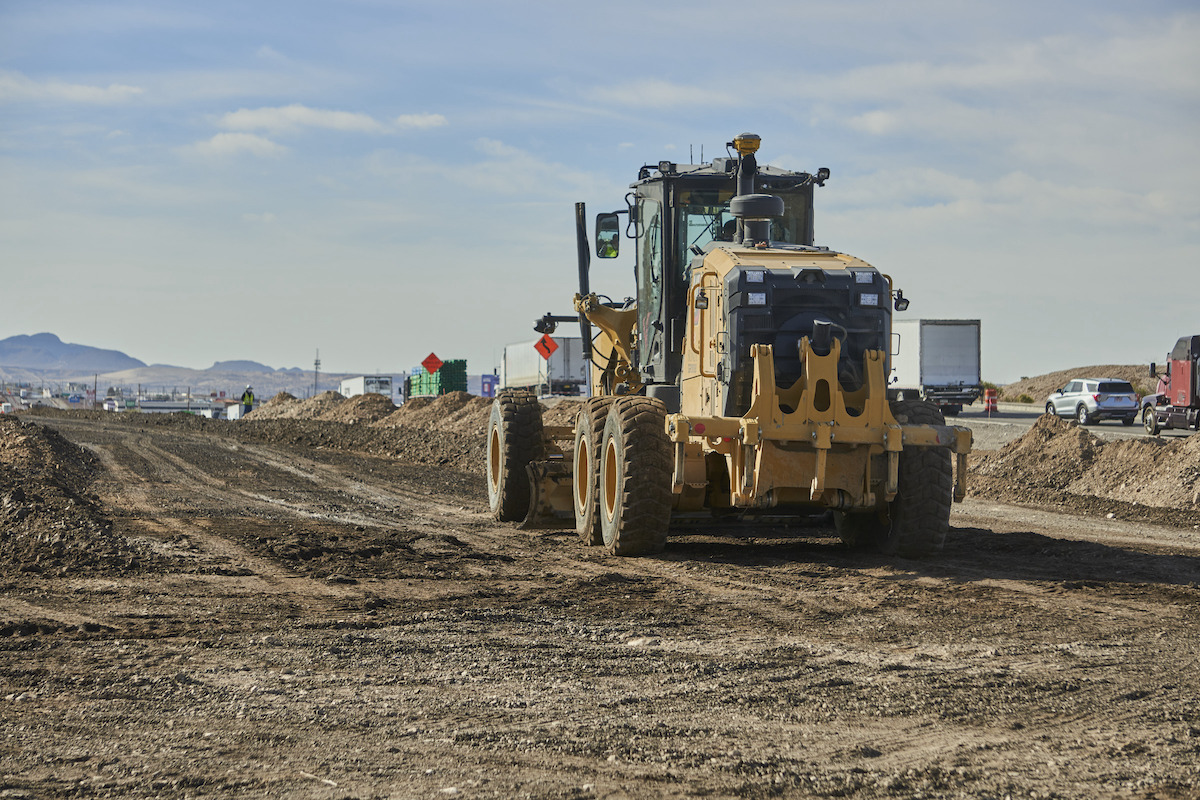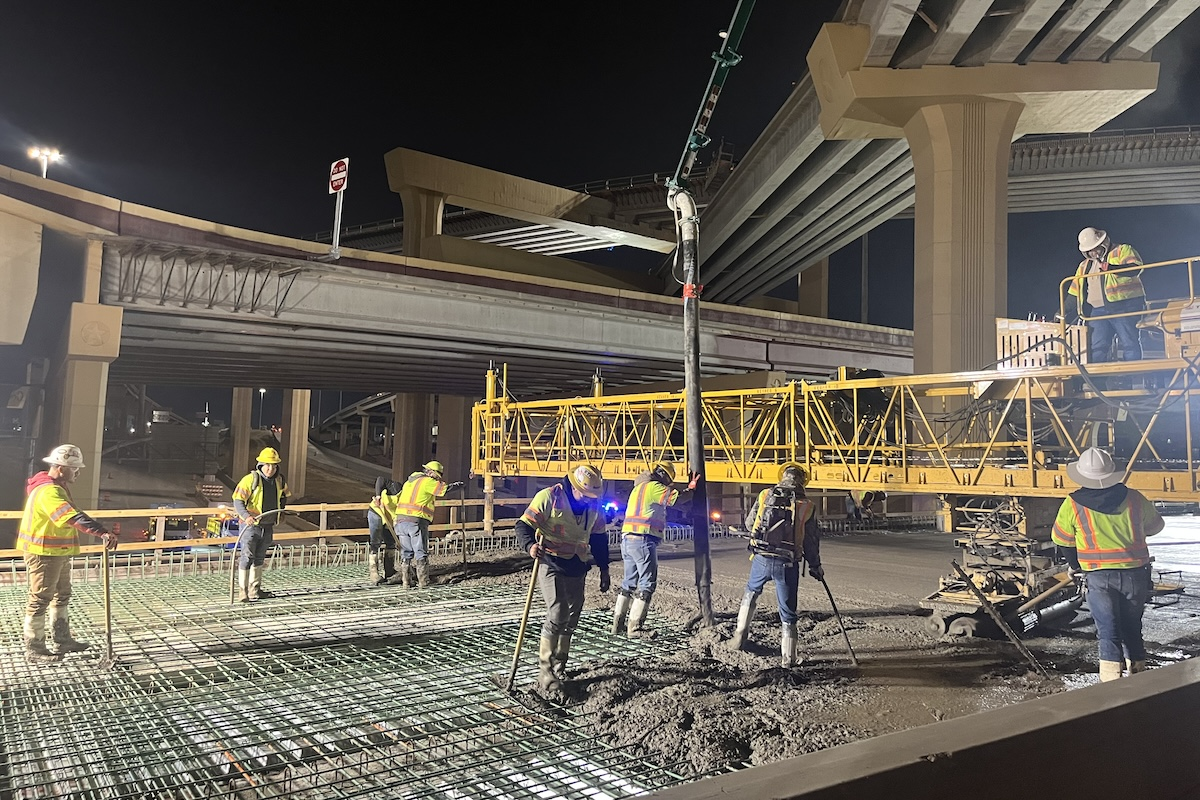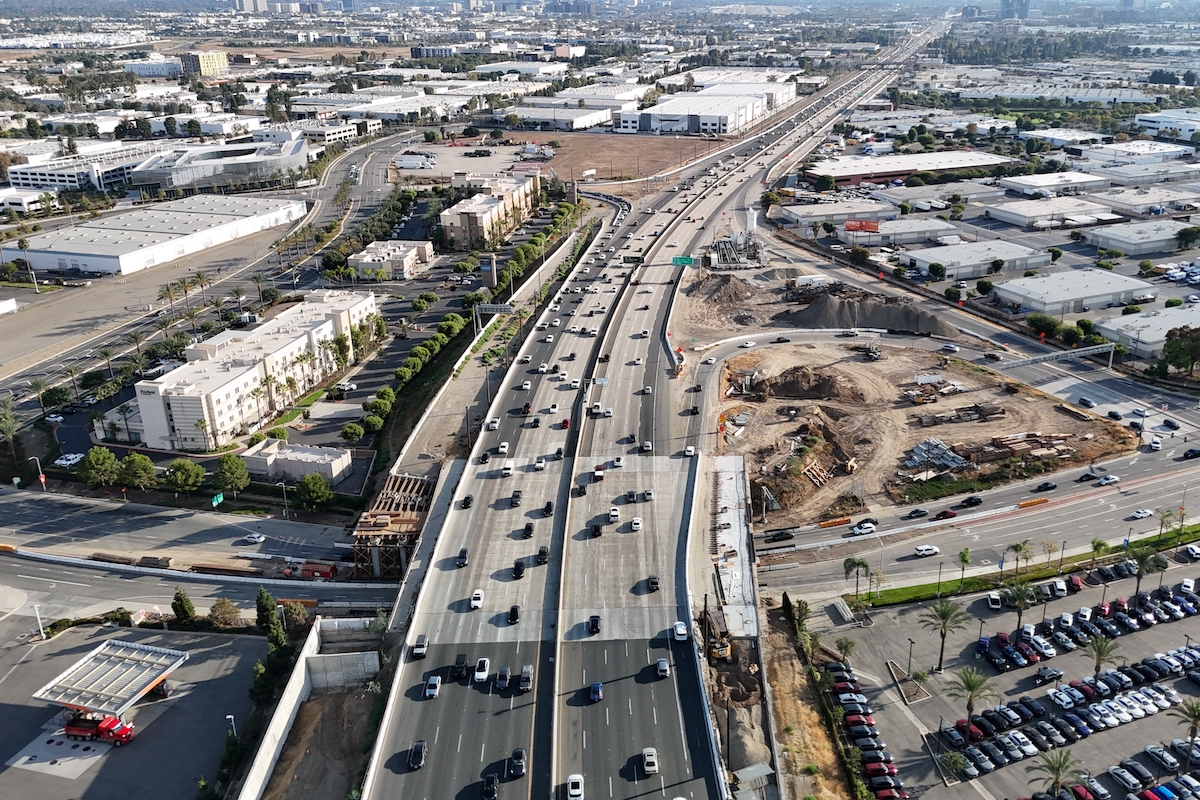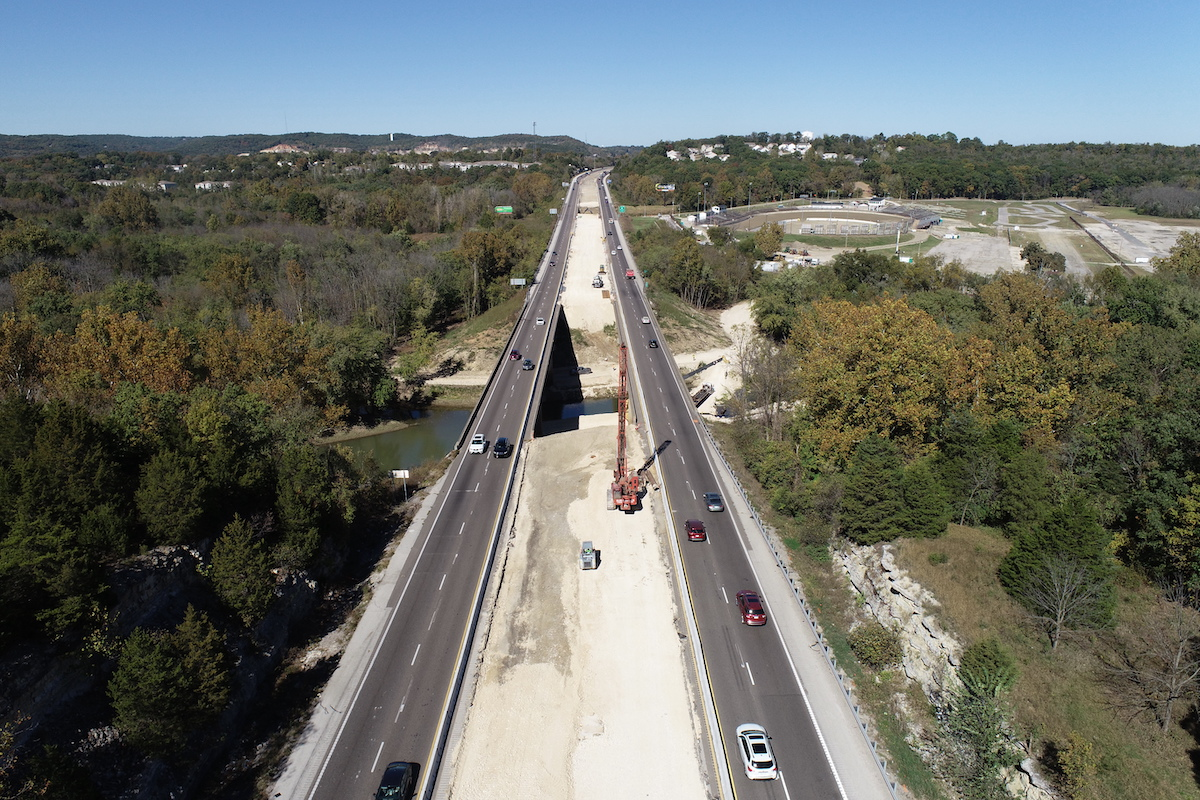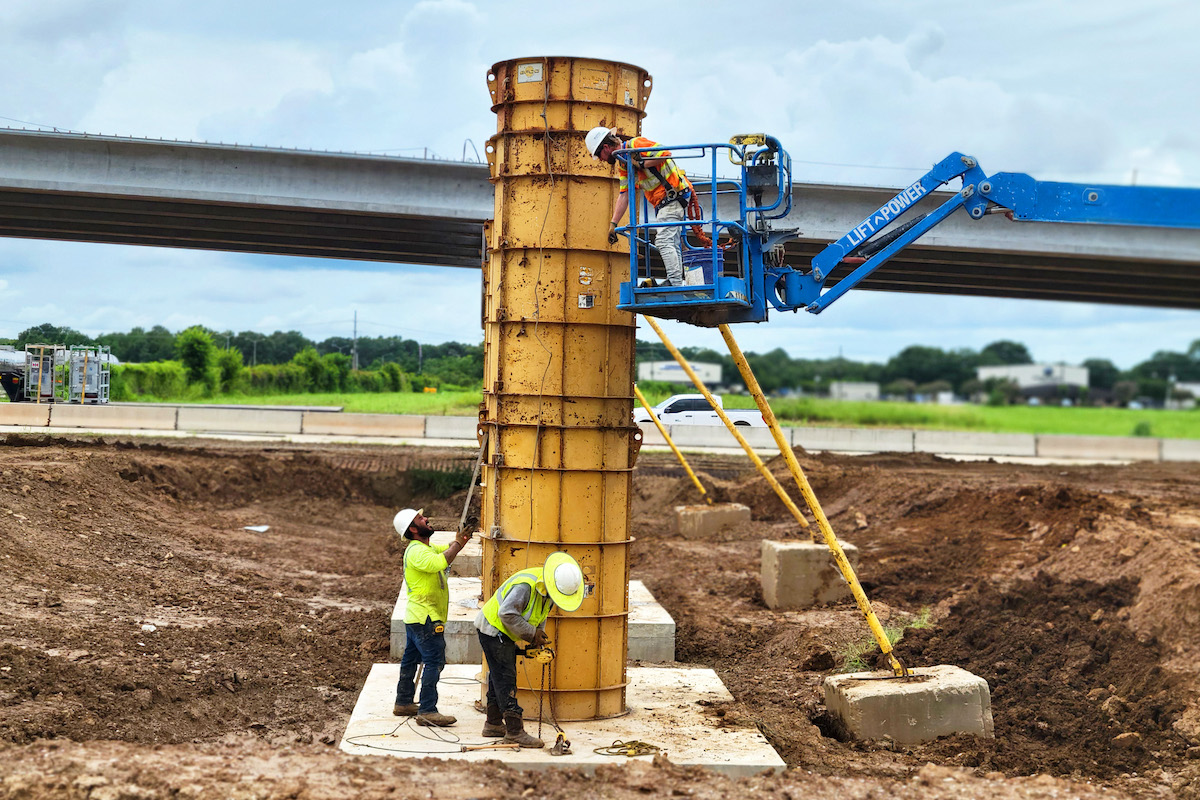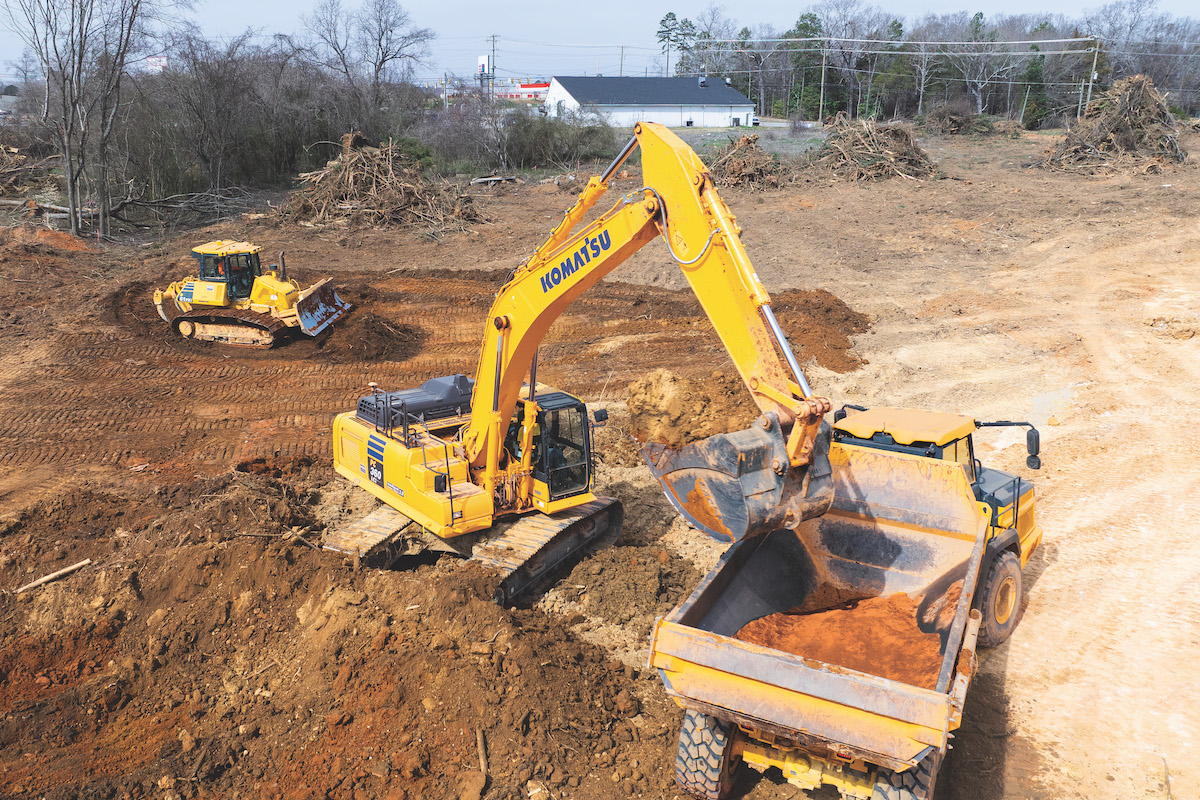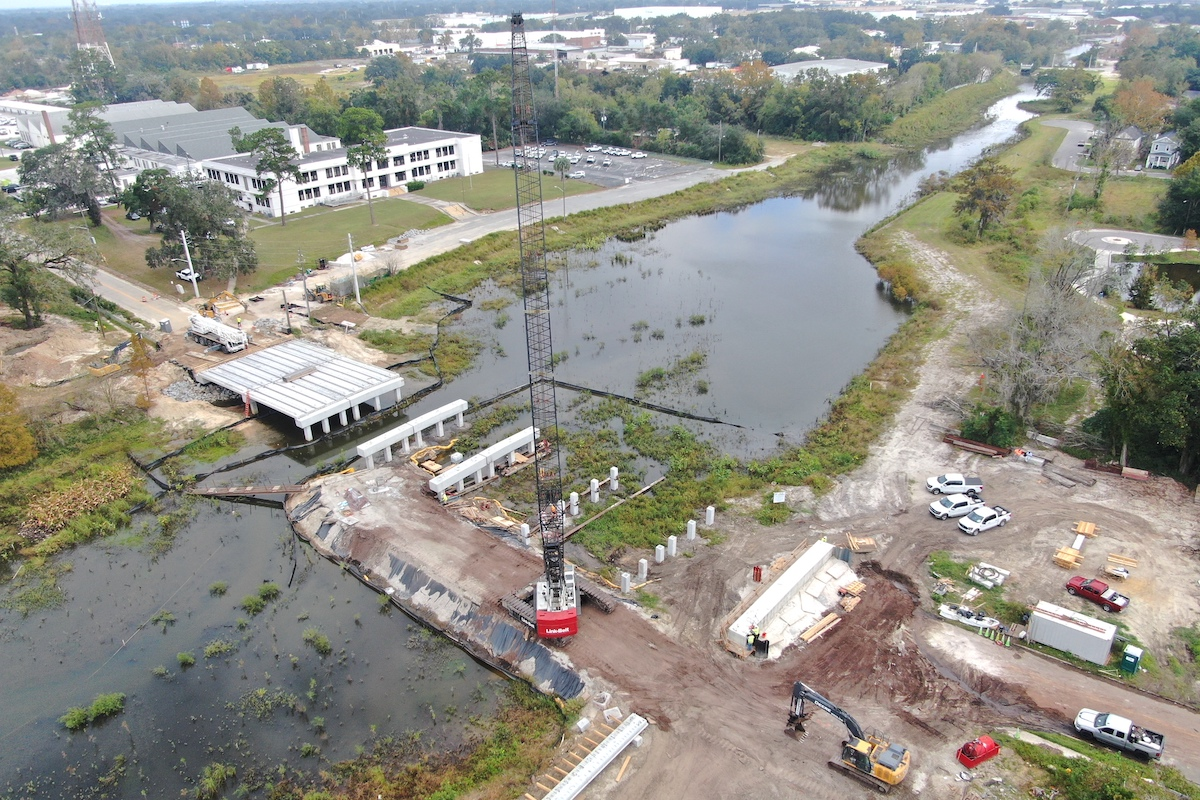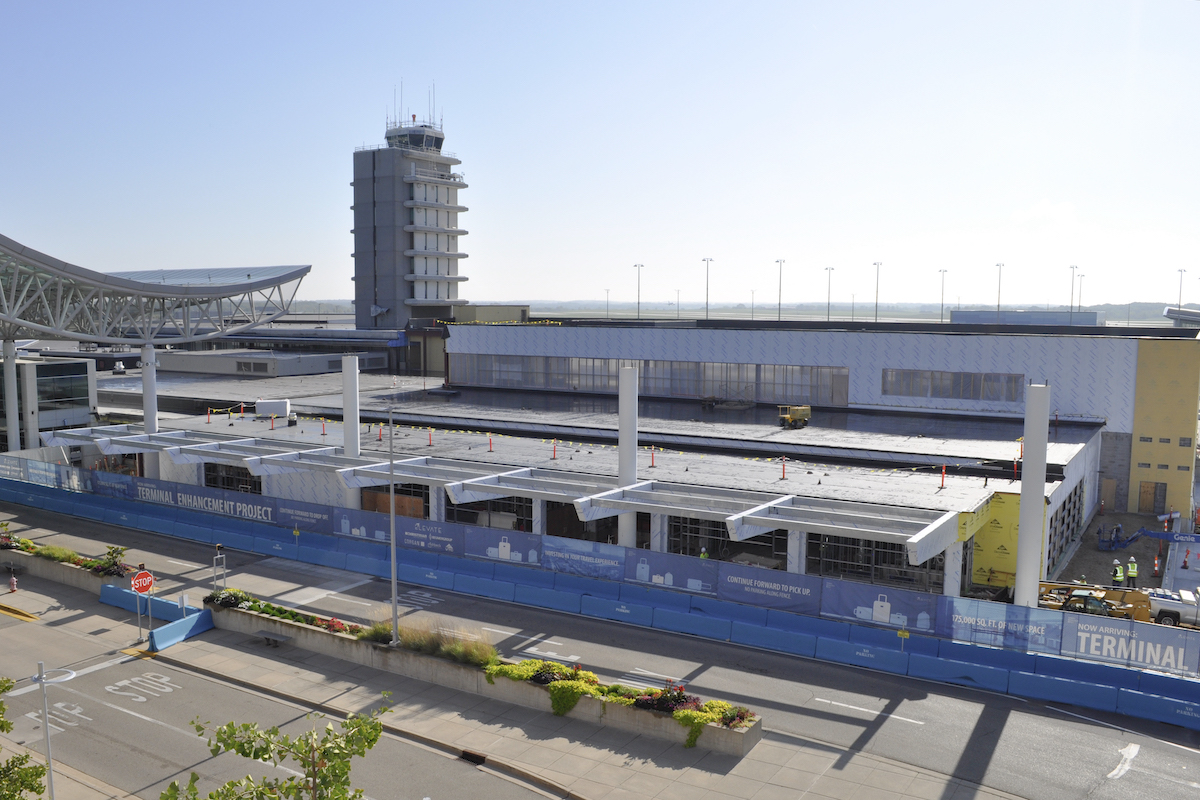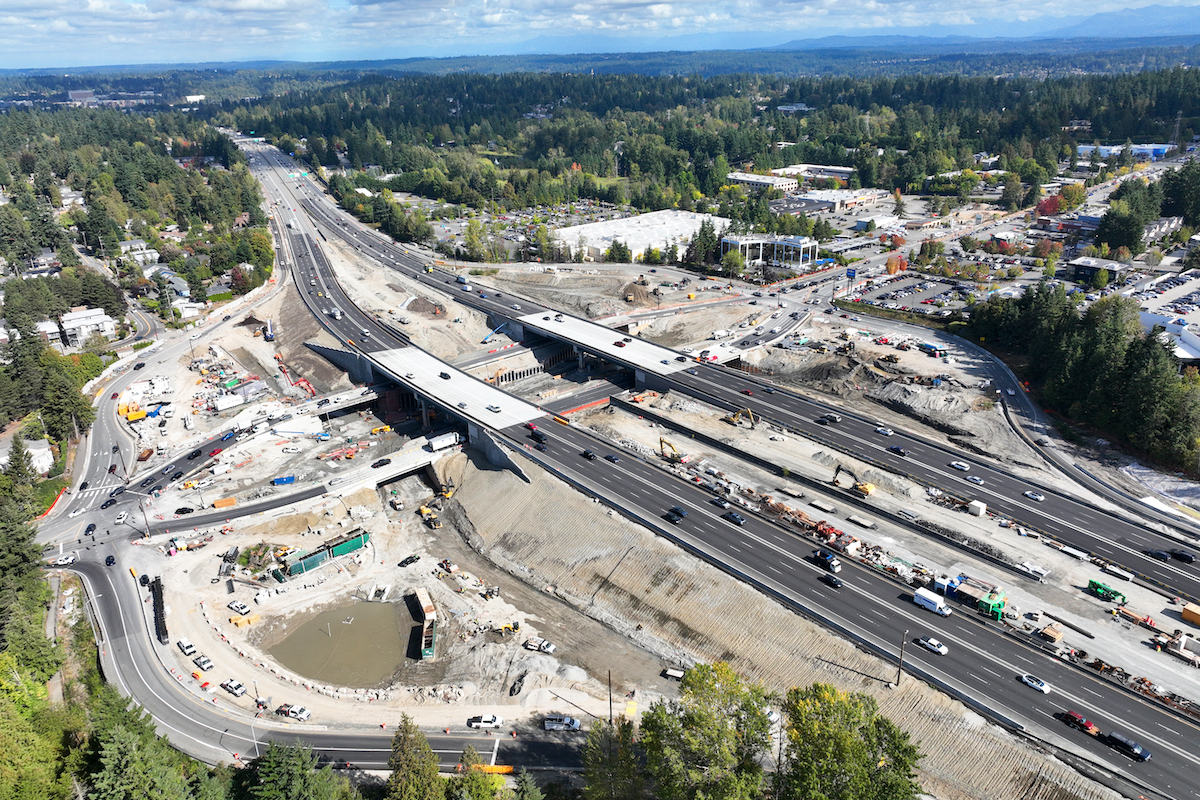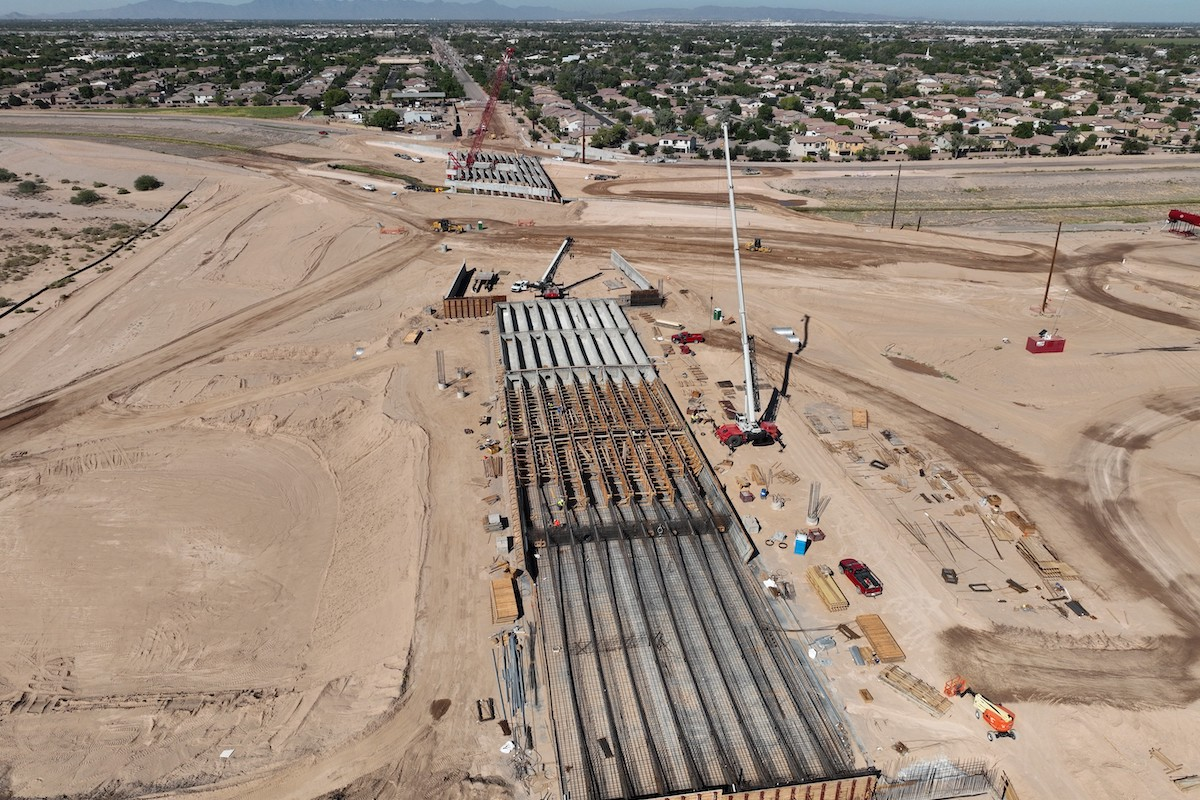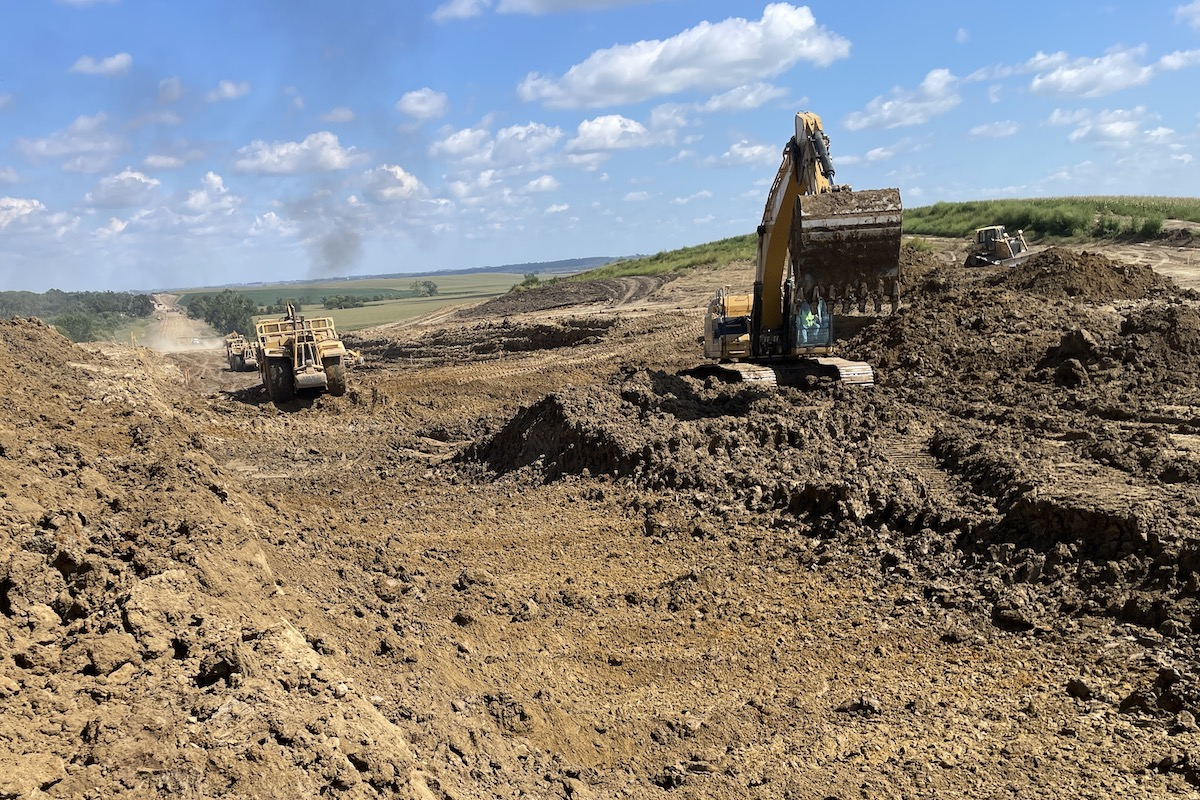Interstate 35 (I-35) runs from Duluth, Minnesota, down to the Mexican border in Laredo, Texas, traveling through three of the Lone Star State’s largest cities along the way: Fort Worth, Austin, and San Antonio. In Austin, the Texas Department of Transportation (TxDOT) and general contractor, Pulice Construction, Inc., are in the middle of a widening project that will cover 11.5 miles of I-35.
The I-35 Capital Express North project is one of three projects — the other two being Capital Express Central and Capital Express South — that make up the overall I-35 Capital program. The three projects, which are all underway, cover 28 miles of the highway from south of Austin to north of the city.
Every streak ends at some point. For Austin, the streak ended in 2022. For the previous 12 years (2009-2021), the Austin metro area experienced the fastest growth in the country, according to the U.S. Census Bureau. It was not a far fall for Austin. In 2022, they were in second place and added 50,000 residents, for a 2.1 percent growth rate.
Data on the Macrotrends website shows that in 2009, the Austin metro area had a population of approximately 1.32 million. In 2021, the number reached around 2.12 million. The city continues its rapid growth, reaching about 2.31 million in 2025.
The explosive population growth has led to the need to expand I-35. The section of I-35 in the Austin area is the third most congested roadway in the state, according to the Texas A&M Transportation Institute. The annual congestion cost is a tick below $200 million.

| Your local Stewart-Amos dealer |
|---|
| Closner Equipment Co Inc |
The northbound I-35 lanes in Austin are exceptionally crowded during the evening rush hour. The southbound lanes bear the brunt of the traffic during rush hour in the morning. Previous projects in the program have touched on different segments of I-35.
"The I-35 Capital Express North project was necessary due to the increased demand for traffic on the roadway," said Jeff Barker, a TxDOT Public Information Officer. "The Austin-area has seen major population and employment growth, and as a result, more drivers are using I-35 to travel between north and south Austin."
Barker added that the project will also provide another benefit: an upgrade to the current roadway to align with the most recent federal design standards.
In a project fact sheet, TxDOT highlights the importance of I-35: “I-35 through Austin is one of the most congested highways in Texas. It serves as the backbone of the local, regional, and national transportation network. Lack of mobility on I-35 threatens the economic livelihood of our community and our state. Improvements to this area are needed due to population and employment growth, which have caused increased congestion in the area.”

| Your local JCB North America dealer |
|---|
| BOSS JCB |
| South Star JCB/Meinecke |
| Monk JCB |
| ASCO Equipment |
The last time TxDOT expanded I-35 in the area was in the mid-1970s, further supporting the need for the project. However, the project includes multiple major elements beyond expansion:
- Adding one high-occupancy vehicle (HOV) managed lane in both directions for 11.5 miles.
- Reconstructing bridges at Grand Avenue Parkway, Wells Branch Parkway, Howard Lane, Walnut Creek, Braker Lane, Rundberg Lane, and Little Walnut Creek. The northbound mainline bridges are over Grand Avenue Parkway, Wells Branch Parkway, and Howard Lane. The southbound mainline bridges are over Walnut Creek and Rundberg Lane. The bridges are being widened and raised.
- Constructing a diverging diamond interchange (DDI) at Wells Branch Parkway, which has a high volume of left-turning traffic.
- Reconstructing entrance and exit ramps.
- Performing utility work.
- Paving existing lanes.
- Adding intersection bypass lanes. These lanes are expected to increase safety and speed up access to and from the main lanes.
- Adding 18 miles of new shared-use paths to the existing (or under construction) segment.
"[The DDI] alleviates major congestion in intersections by allowing vehicles to travel more quickly through an intersection," Barker said. The team expects the DDI to enhance safety by reducing potential crash points.
Barker noted that TxDOT is intentional in its emphasis on pedestrian and bicycle improvements. "TxDOT is committed to building a safe and reliable transportation network for all Texans and all modes of transportation to include bicyclists and pedestrians," he said.

| Your local LeeBoy dealer |
|---|
| Closner Equipment Co Inc |
| Romco Equipment Co |
| ASCO Equipment |
| Bee Equipment Sales Ltd |
"As part of the requirements for a federally funded project, TxDOT is charged with the responsibility to add bike and pedestrian accommodations, as well as accommodations for people with disabilities, whenever possible," Barker added.
The shared-use paths will be located off the frontage roads.
Construction work on a busy highway can be more challenging when traffic remains ongoing. On I-35 in the Austin area, the average daily traffic (ADT) on the main lanes in 2018 was 244,450 cars and trucks. The ADT is expected to increase to 367,900 by the year 2050.
While there will be periodic lane closures during the day and detours around the construction, the entire six-lane highway will remain open while construction is ongoing. The detours will direct traffic to the frontage lanes.

| Your local Gradall Industries dealer |
|---|
| Kirby-Smith Machinery |
| ASCO Equipment |
| WPI |
"The biggest challenge we have had is constructing main lane and frontage road improvements while maintaining traffic flow," Barker said.
The team is choosing off-peak construction to minimize the impact on travelers. "The project team has overcome these challenges by ensuring that all major work on the main lanes occur at night or on weekends, when traffic volume decreases," Barker said.
Another challenge the construction brings is finding room to expand in a highly occupied area. In this case, the state "expropriated 17 acres of land to grow the highway's footprint" via the eminent domain process, according to a local news website. A few businesses were forced to relocate.
Construction on the I-35 Capital Express North project began in spring 2023, and the anticipated completion date is early 2029. The project is on schedule, at the time of writing this article. The team is currently in the middle of phase two of six.

| Your local Trimble Construction Division dealer |
|---|
| SITECH Tejas |
| SITECH SE Texas |
The project has a price tag of $606 million and is currently on budget. The state is picking up the entire tab.
"All of the funding comes from TxDOT. However, the Capital Area Metropolitan Planning Organization [CAMPO] provides an oversight to how TxDOT spends the money, and which projects will be funded for construction," Barker said.
"CAMPO consists of elected city and county officials and TxDOT, and they help determine which projects in the Austin District get funded for construction," Barker added.
Pulice Construction, the general contractor, was selected based on their low bid. The firm, which was founded in the mid-1950s, has worked with TxDOT before. Pulice works primarily in the Southwest and has a regional office in Texas. According to the firm's website, "Pulice is a wholly-owned subsidiary of Dragados S.A., one of the world's largest heavy civil contractors."

| Your local Takeuchi Mfg Ltd dealer |
|---|
| Kirby-Smith Machinery |
| Nueces Power Equipment |
When the project is completed, Barker expects the HOV lanes will help move more people in fewer vehicles and help provide more reliable commute times. He touts other benefits:
- Bypass lanes will allow drivers to avoid signalized intersections, improving mobility.
- Shared-use paths will improve bicycle and pedestrian accommodation along the project corridor.
- High-mast lighting will improve safety.
As the population of Austin continues to grow, I-35 will help people throughout the vicinity get to their destination in a reasonable time. The widened road and improved alignment will make travel more reliable. Those traveling outside of Austin to other major cities in Texas or beyond will also experience less congestion.
Photos courtesy of TxDOT












